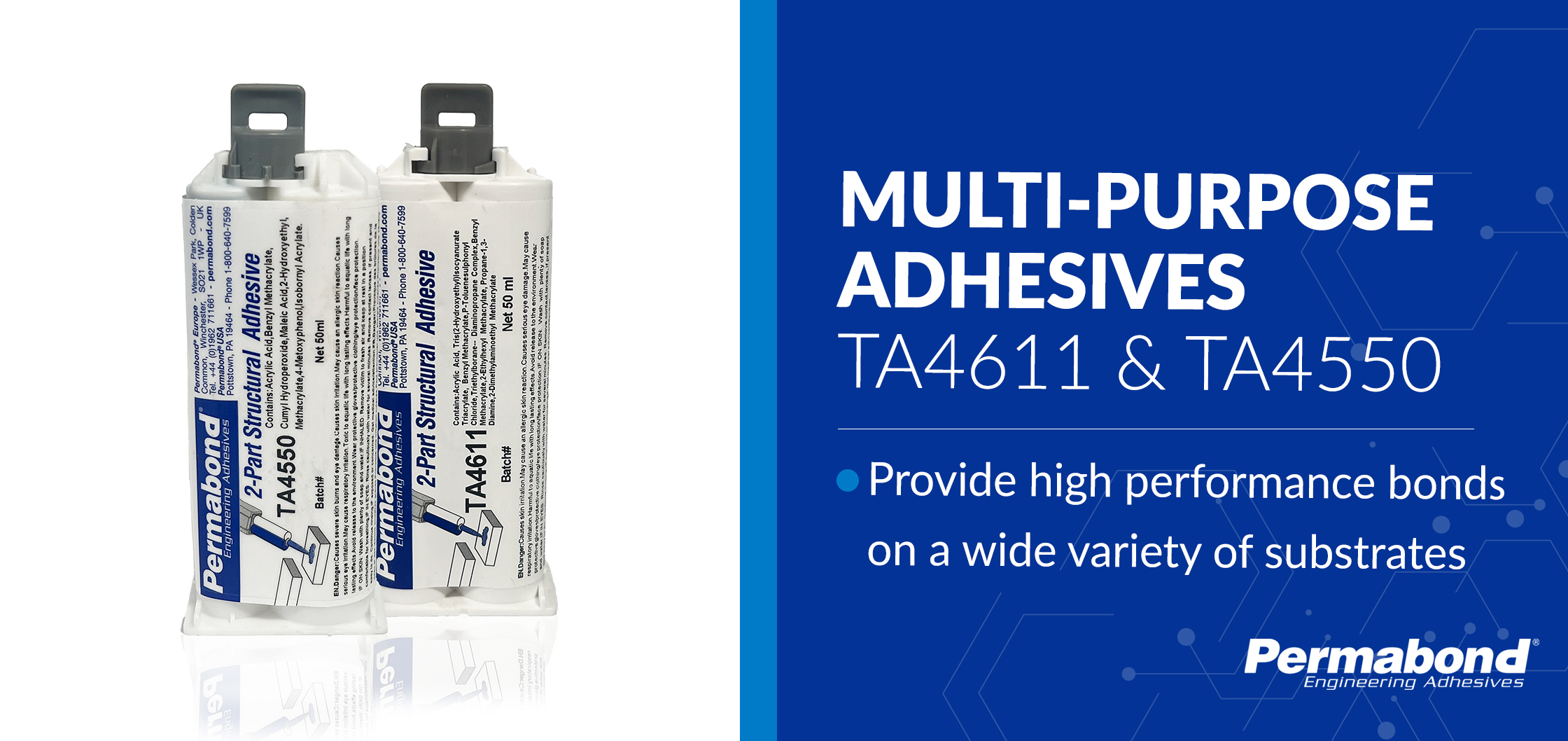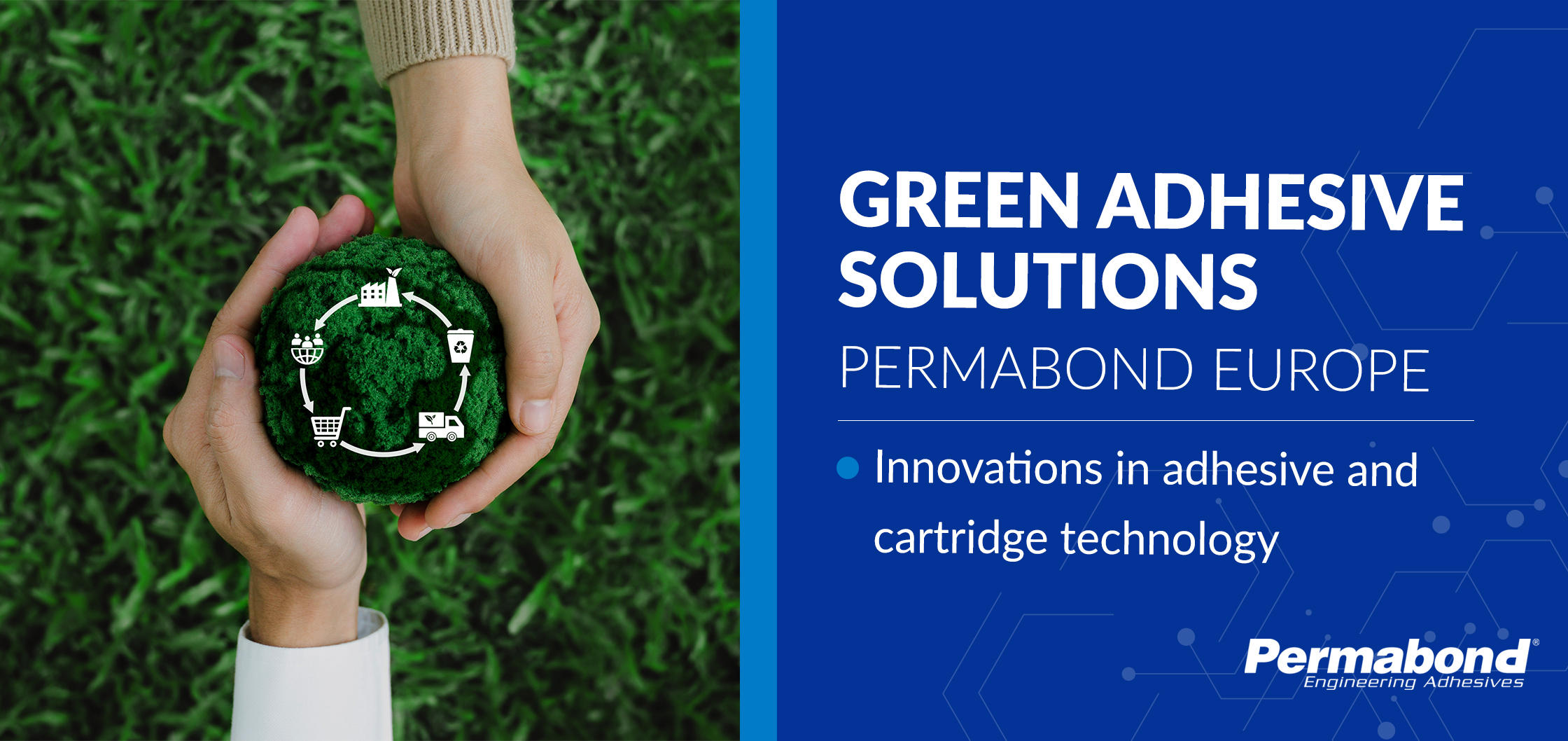Anaerobic adhesives cure when isolated from oxygen in the presence of metal ions, such as iron or copper. These adhesives are used in a variety of applications, including threadlocking, retaining, pipe sealing, and gasketing.
The Air Metal Adhesive Relationship
The relationship between the amount of air, metal, and adhesive/sealant is significant. See how it related to manufacturing, packaging, and use of these products below.
- Manufacturing – Air is introduced in manufacturing to ensure stability.
- Packaging – The packaging permits sufficient air permeation.
- Use – The main contributors to the speed of cure during use are the type of metal and the gap between the two surfaces. Metal ions on the surface of the substrate are generally sufficient. If no metal is present or if using a less reactive metal, use an anaerobic surface conditioner.
For most applications, the balance of air, metal, and adhesive happens with no extraordinary attention. For example, when you seal an anaerobic adhesive between a nut and a bolt on a threaded assembly, it rapidly “cures” or hardens to form a tough cross-linked plastic that will bond quite well to many metals.
The significance of this balance is more pronounced when pushing the technology to hone in on the best possible use parameters. Such as the ideal surface finish to obtain the fastest cure rate.
Surface Finish

Surface finish affects the quantity of air, adhesive, and metal ions present. If the surface finish is too small, the air in the adhesive does not have a suitable pathway to escape to permit cure. If the surface finish is too large, excess air and adhesive are present (relative to the amount of metal) to permit a cure through the gap.
To determine the ideal micro finish for a low viscosity wicking grade threadlocker, see the % cure after 45 minutes on various surface finishes below.
The above shows the ideal micro finish for the application is 200 m in.
For further help and advice, please contact Permabond.
Let’s Discuss Your Project.
"*" indicates required fields
Products
Technical Support

Permabond will help you select the right adhesive for your application.





